As companies integrate AI-assisted code generation into their software development workflows, they face legal and regulatory challenges that extend beyond traditional open-source compliance. While software licensing risks have existed for years, AI-generated code introduces additional complexities, making it difficult to determine the original author and the legal obligations associated with its use.
Threatrix Blog
Enterprise open source security & compliance
Results for:
ClearCategory: AI Code Detection
Clear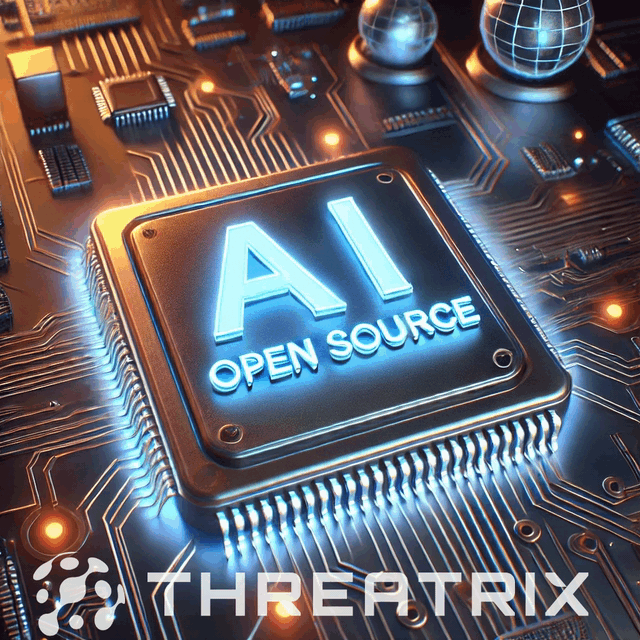
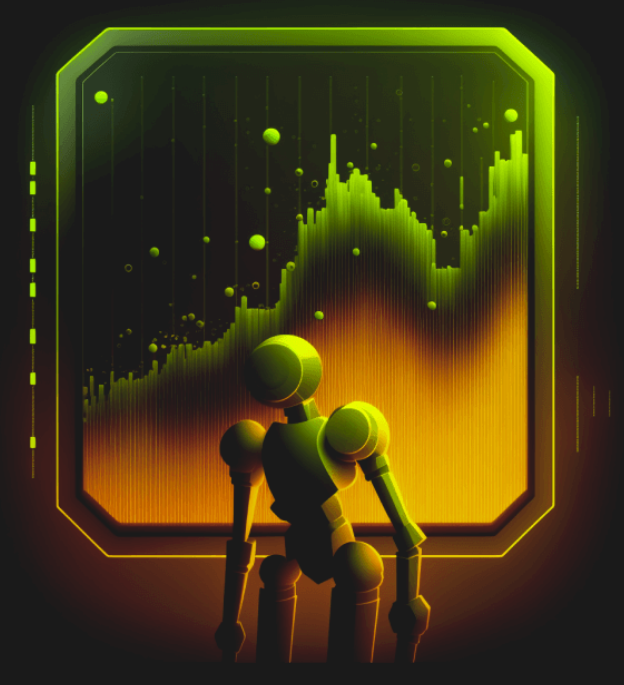
Discover how open-source AI is transforming cost, compliance, and licensing. Learn how businesses can manage AI code compliance and navigate licensing obligations.

AI-powered tools like GitHub Copilot, Tabnine, and CodexNet are revolutionizing development, but they introduce risks related to open-source license compliance and intellectual property. Developers must understand copyright laws, as AI-generated and developer-written code can unintentionally infringe on existing copyrights. Threatrix helps manage these risks by automating compliance checks and attribution, ensuring real-time monitoring and protecting legal interests.
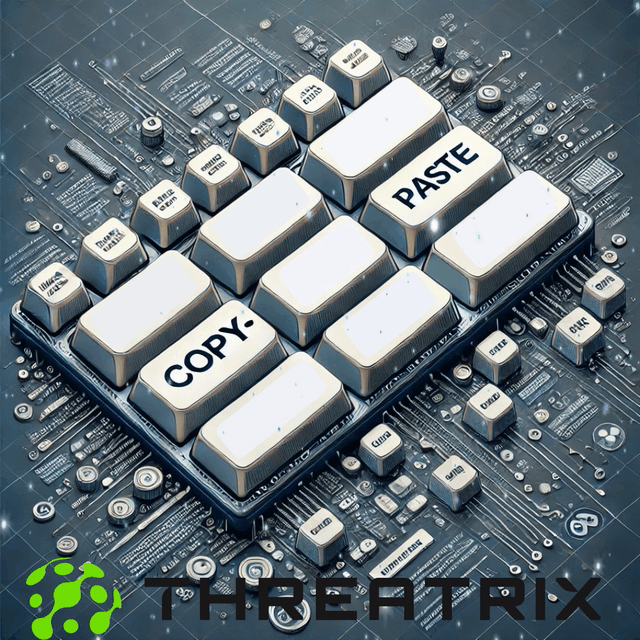
Open-source software (OSS) is crucial for modern development, offering flexibility, innovation, and cost savings. However, using OSS requires compliance with various licenses. As AI-generated code becomes more common, accurate attribution and compliance are critical. The new UK law mandating proper attribution for open-source code adds complexity to compliance, and Threatrix automates these obligations efficiently.
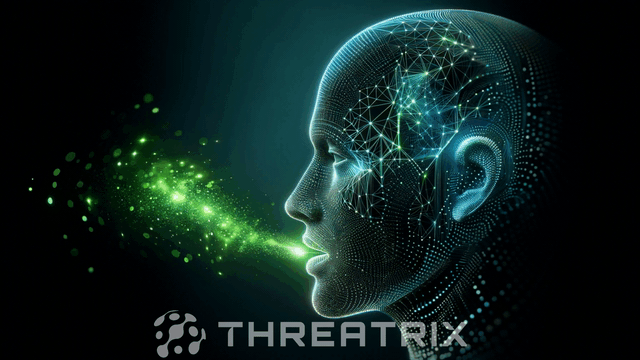
AI code detection tools are crucial for ensuring open source license compliance and extensive code base analysis. Meanwhile, AI-generated code is a valuable developer tool, enhancing productivity by automating routine coding tasks, offering optimized code suggestions, and suggesting optimized code snippets. Our essential guide delves into AI-generated code detection tools, their importance, key features, and how they can enhance development workflows. We will also explore how Threatrix is a comprehensive solution for managing these challenges.

Detecting AI-generated code is increasingly vital as artificial intelligence shapes the future of software development. This comprehensive guide for 2024 delves into the significance of identifying AI-generated code and the essential considerations for developers to maintain compliance and avoid legal complications. We highlight the importance of understanding open source licensing origins, attribution requirements, and compatibility between the different licenses.
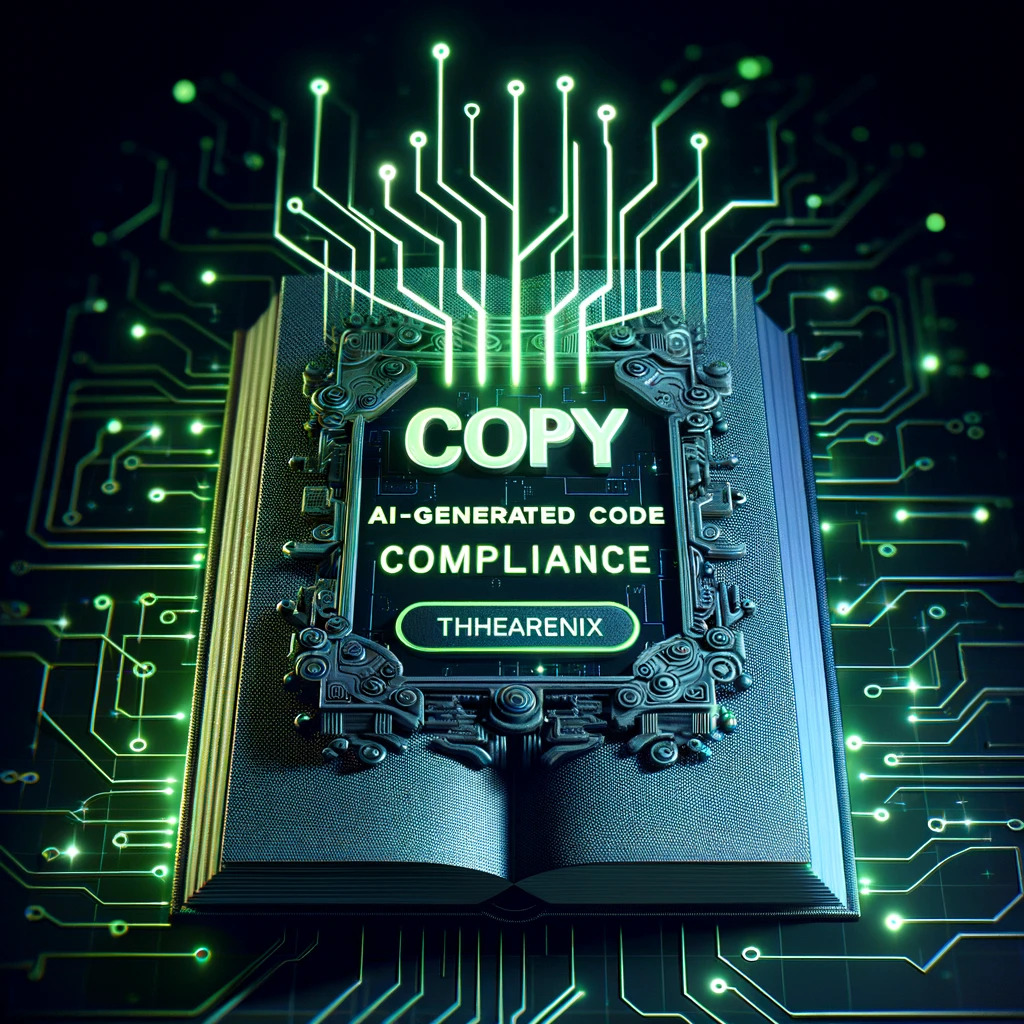
License compliance for AI-generated code has become crucial as AI continues to reshape software development, driving innovation and increasing complexity. In 2024, the integration of AI in creating functional code is now a standard in software engineering, intensifying challenges related to open source licensing and attribution. This complexity necessitates robust software composition analysis tools to manage compliance effectively, ensuring that innovations do not breach intellectual property laws or open-source legal requirements. As AI developer tools like chatbots and code assistants evolve and use extensive existing code bases, including vast amounts of open-source, they highlight the importance of accurate attribution and compliance with licensing. This scenario underscores the need for developers and corporations to adopt a nuanced approach to legal and ethical issues in software development, requiring more than just technical skills but a deep understanding of the legal landscape.